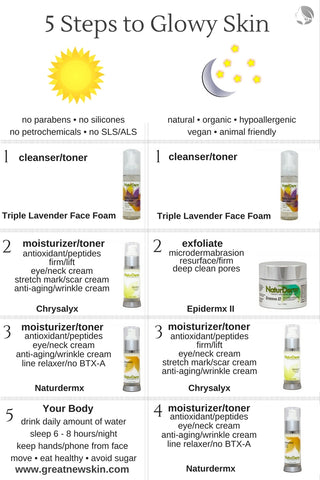Acne, Psoriasis, Rosacea and Stress...
Dermatologists are researching a connection between the nervous system, acne, psoriasis and rosacea. Richard D. Granstein, MD, FAAD said, "Nearly everyone has some form of stress in their life, so it's difficult to determine whether stress can actually make the skin's appearance worse," "However, it's been known for a long time that the nervous system, which processes our stress, has an impact on conditions such as psoriasis." "If you interrupt the nerves' path to an area of a patient's skin affected by psoriasis, the psoriasis improves," said Dr. Granstein. "In addition, the condition improves if you inject local anesthetic into psoriasis patches. This information strongly suggests that nerves play a role in how psoriasis operates."
Although it is common belief that stress has an impact on skin aging, Dr. Granstein says it has not been proven to be the cause. However, skin issues like acne and rosacea can also be impacted by decreasing stress levels.
"If we could block specific steps in certain pathways between the nervous system and the skin – without impacting the whole body – we would likely have new ways to prevent or treat some skin disorders," said Dr. Granstein. "We're gaining a greater understanding of the mechanisms underlying many skin conditions, which will help us develop new therapies."


